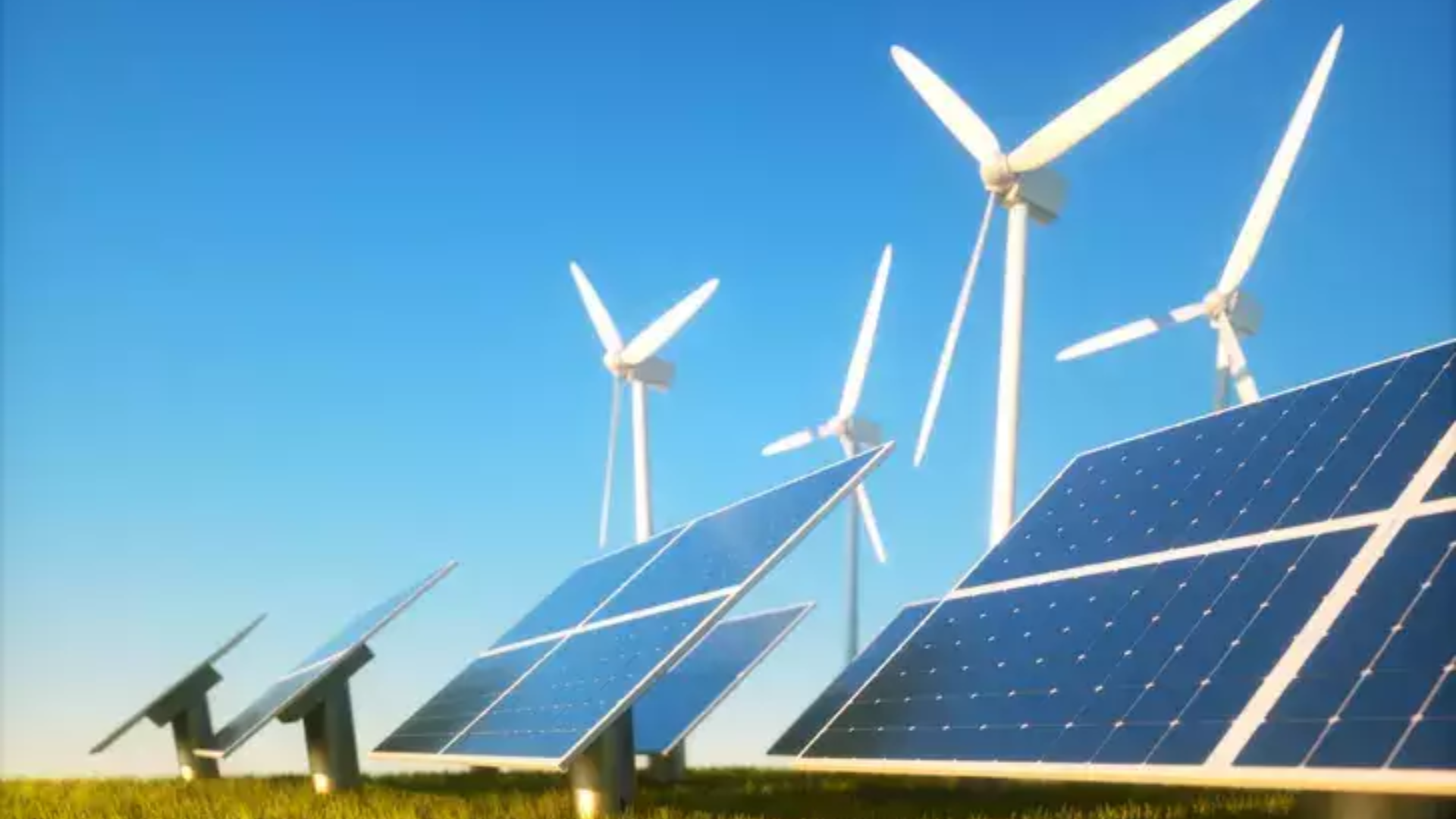According to a report by the global energy think tank Ember, India has surpassed Japan to become the world’s third-largest solar power generator in 2023. This significant milestone marks India’s remarkable ascent from ninth place in 2015, reflecting the nation’s concerted efforts towards sustainable energy development.
The Global Electricity Review 2024, published on Wednesday, offers a comprehensive analysis of the global power landscape in 2023, drawing from country-level data. Accompanying this review is the world’s first open dataset on electricity generation in 2023, encompassing 80 countries that represent 92 percent of global electricity demand, along with historical data for 215 countries.
Emphasizing India’s solar energy growth trajectory, the report highlights that India’s solar generation surge in 2023 propelled it beyond Japan to secure the third position globally. Solar energy accounted for a record 5.5 percent of global electricity production in 2023, with India contributing 5.8 percent of its electricity from solar sources, mirroring the global trend.
In terms of solar capacity expansion, India witnessed the world’s fourth-largest increase in solar generation in 2023, with an additional 18 Terawatt hours (TWh) of solar energy. This growth trailed behind China, the United States, and Brazil, with the top four countries collectively responsible for 75 percent of global solar expansion.
ALSO READ : Apple’s “Let Loose” Event Reveals iPad Pro, iPad Air, And Comprehensive Details
Aditya Lolla, Ember’s Asia Programme Director, emphasized the rapid acceleration of solar energy, noting that it remains the world’s fastest-growing electricity source for the nineteenth consecutive year. Solar energy’s growth has outpaced coal significantly, underscoring its pivotal role in transitioning towards cleaner energy systems.
India’s journey in solar energy reflects this global trend, with solar generation in 2023 surpassing 17 times its 2015 levels. The share of solar generation in India’s electricity mix increased from 0.5 percent in 2015 to 5.8 percent in 2023, signaling a profound shift towards renewable energy adoption.
The report also underscores the centrality of solar energy in decarbonizing the electricity sector and achieving climate goals. According to the IEA Net Zero Emissions scenario, solar energy is projected to constitute 22 percent of global electricity generation by 2030. The commitment to triple global renewables capacity by 2030, as outlined in COP28, aligns with this trajectory.
India has emerged as a frontrunner in this renewable energy transition, with plans to triple its renewable capacity by 2030. However, Ember’s analysis suggests that significant strides in annual capacity additions are imperative for India to meet this ambitious target.
Aditya Lolla concluded by highlighting the multifaceted benefits of increasing clean electricity generation, emphasizing its role in addressing climate change, meeting rising electricity demands, and fostering sustainable economic growth. As India and the world continue to prioritize renewable energy deployment, the momentum towards a greener, more resilient future becomes increasingly palpable.

















